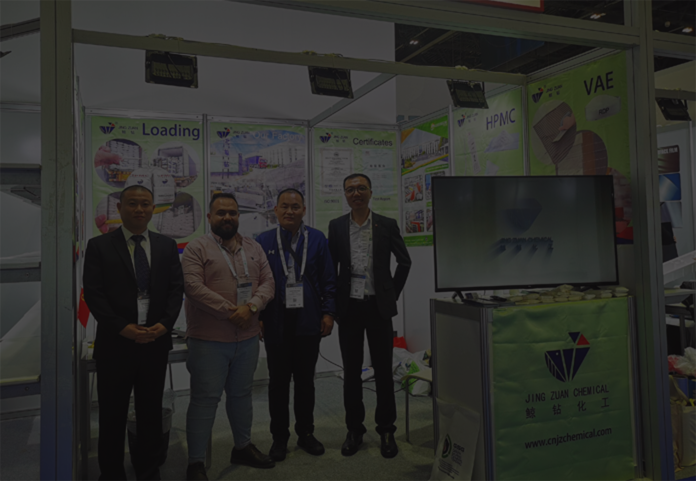
Aug . 14, 2024 20:02 Back to list
Understanding HPMC in Mortar Applications for Enhanced Performance and Building Solutions
HPMC for Mortar Enhancing Performance and Durability
Hydroxypropyl Methylcellulose (HPMC) is a versatile cellulose ether widely utilized in various industries, particularly in construction. Its application in mortar systems has gained significant attention due to its remarkable properties that enhance the performance and durability of construction materials. This article explores the role of HPMC in mortar formulations, its benefits, and considerations for effective use.
What is HPMC?
HPMC is a non-ionic, water-soluble polymer derived from cellulose. Chemically treated to introduce hydroxypropyl and methyl groups, HPMC possesses unique characteristics such as thickening, binding, film-forming, and water-retaining capabilities. These properties make it an invaluable additive in various construction materials, including adhesives, sealants, and mortars.
The Role of HPMC in Mortar
In mortar systems, HPMC acts as a multifunctional additive that improves workability, adhesion, and water retention. When added to the dry mix of cement, sand, and other aggregates, HPMC significantly enhances the consistency and flowability of the mortar. This improved workability allows for easier application and manipulation of the mortar, resulting in better leveling and finishing processes.
Benefits of HPMC in Mortar Applications
1. Enhanced Workability HPMC modifies the rheological properties of mortar, allowing for smoother application. This is particularly beneficial in bonding tiles, bricks, and stones, where a uniform spread and application are critical.
2. Improved Water Retention One of the standout features of HPMC is its ability to retain water within the mortar mix. This property ensures that the mixture remains workable for extended periods, preventing premature drying. Adequate water retention facilitates a more prolonged hydration process of the cement, leading to enhanced strength development and durability.
3. Increased Adhesion HPMC improves the adhesion properties of mortars, ensuring a strong bond between surfaces. This is especially important in tile applications, where a durable bond is essential for the longevity of the installation.
hpmc for mortar

4. Resistance to Cracking By contributing to a more homogeneous mix and improving flexibility, HPMC can help reduce the likelihood of cracking in mortar. This additional flexibility is crucial in accommodating structural movements and thermal expansion, thus enhancing the overall durability of construction elements.
5. Compatibility with Other Additives HPMC is compatible with various polymers and additives, allowing formulators to customize mortar properties. This versatility enables the development of specialized mortars tailored for specific applications, including those requiring rapid setting times or enhanced performance under extreme conditions.
Considerations for Using HPMC
While HPMC offers numerous advantages, there are several considerations to keep in mind when incorporating it into mortar formulations
- Dosage The quantity of HPMC used must be optimized to achieve the desired effects without compromising other properties of the mortar. Typically, HPMC is used at concentrations ranging from 0.5% to 2.0% of the total weight of dry mix, but specific requirements may vary.
- Environmental Conditions The effectiveness of HPMC in mortar can be influenced by environmental factors, including temperature and humidity. It’s essential to conduct trials to determine the optimal performance under specific job site conditions.
- Quality of HPMC Not all HPMC products are created equal. It’s important to choose high-quality HPMC that meets industry standards to ensure consistent performance in mortar applications.
Conclusion
HPMC plays a pivotal role in enhancing the performance and durability of mortar systems in construction. Its ability to improve workability, water retention, and adhesion makes it an essential additive for various masonry and tiling applications. As the construction industry continues to evolve, the incorporation of advanced materials like HPMC is likely to pave the way for more durable, efficient, and sustainable building practices, ensuring that structures can withstand the test of time.
-
Versatile Hpmc Uses in Different Industries
NewsJun.19,2025
-
Redispersible Powder's Role in Enhancing Durability of Construction Products
NewsJun.19,2025
-
Hydroxyethyl Cellulose Applications Driving Green Industrial Processes
NewsJun.19,2025
-
Exploring Different Redispersible Polymer Powder
NewsJun.19,2025
-
Choosing the Right Mortar Bonding Agent
NewsJun.19,2025
-
Applications and Significance of China Hpmc in Modern Industries
NewsJun.19,2025







